-
 bitcoin
bitcoin $122288.232522 USD
0.16% -
 ethereum
ethereum $4480.662914 USD
-0.22% -
 xrp
xrp $2.962747 USD
-2.32% -
 tether
tether $1.000120 USD
-0.05% -
 bnb
bnb $1145.654223 USD
-2.07% -
 solana
solana $227.105217 USD
-1.67% -
 usd-coin
usd-coin $0.999548 USD
-0.02% -
 dogecoin
dogecoin $0.250875 USD
-2.04% -
 tron
tron $0.340654 USD
-0.49% -
 cardano
cardano $0.837968 USD
-2.52% -
 hyperliquid
hyperliquid $48.960449 USD
0.06% -
 chainlink
chainlink $22.049280 USD
-1.33% -
 ethena-usde
ethena-usde $1.000404 USD
0.02% -
 sui
sui $3.586212 USD
0.20% -
 avalanche
avalanche $29.894916 USD
-4.18%
How to operate the EMA retracement trading method?
EMA retracement trading uses 9, 21, and 50-period EMAs to spot trends and entry points in crypto markets, enhancing trade accuracy with additional indicators.
May 22, 2025 at 04:35 am
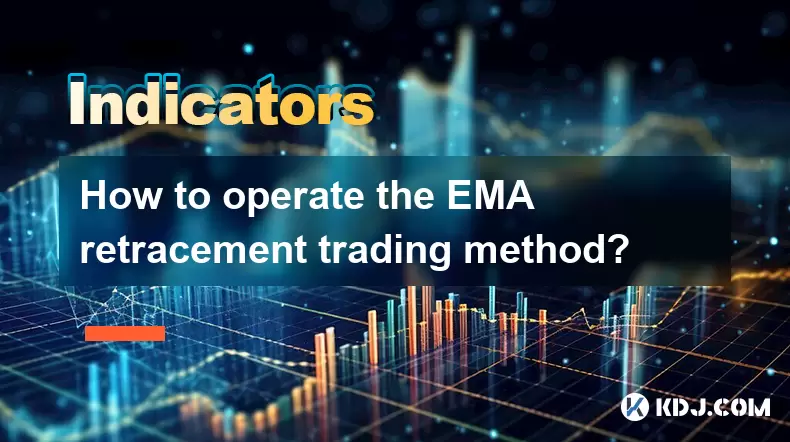
Introduction to EMA Retracement Trading
The EMA retracement trading method is a popular strategy among cryptocurrency traders that combines the use of Exponential Moving Averages (EMAs) with the concept of price retracements. This method helps traders identify potential entry and exit points by observing how price movements interact with different EMAs. The key to this strategy lies in understanding how to set up your charts and interpret the signals they provide.
Setting Up Your Chart for EMA Retracement Trading
To start using the EMA retracement method, you need to set up your trading chart correctly. Here's how you can do it:
- Open your trading platform and select the cryptocurrency pair you want to trade.
- Add the EMAs to your chart. Typically, you'll want to add the 9-period EMA, 21-period EMA, and 50-period EMA. These can be added through the indicators menu on most trading platforms.
- Adjust the time frame according to your trading style. For short-term trading, a 1-hour or 4-hour chart might be suitable, while for longer-term trading, a daily chart could be more appropriate.
- Ensure the EMAs are clearly visible on your chart. You can usually customize the colors and line styles to make them stand out.
Identifying Trends with EMAs
The first step in the EMA retracement method is to identify the overall trend of the market. This can be done by observing the position and interaction of the EMAs:
- Uptrend: If the 9-period EMA is above the 21-period EMA, and the 21-period EMA is above the 50-period EMA, the market is in an uptrend. The price should also be trading above these EMAs.
- Downtrend: Conversely, if the 9-period EMA is below the 21-period EMA, and the 21-period EMA is below the 50-period EMA, the market is in a downtrend. The price should be trading below these EMAs.
Spotting Retracements
Once the trend is identified, the next step is to look for retracements. A retracement occurs when the price temporarily moves against the main trend but does not reverse it. Here's how to spot them:
- In an uptrend, look for the price to pull back towards the 21-period or 50-period EMA. This pullback is a potential buying opportunity.
- In a downtrend, look for the price to rally up to the 21-period or 50-period EMA. This rally is a potential selling opportunity.
Entering Trades Based on Retracements
Entering a trade using the EMA retracement method involves waiting for the price to retrace to one of the EMAs and then confirming the entry with additional signals. Here's how to do it:
- Wait for the price to touch or come close to the 21-period or 50-period EMA.
- Look for a bullish or bearish candlestick pattern at the point of the retracement. For example, in an uptrend, a bullish engulfing pattern could be a good entry signal.
- Confirm the entry with additional indicators if desired, such as the Relative Strength Index (RSI) or the Moving Average Convergence Divergence (MACD).
- Enter the trade at the close of the confirming candlestick.
Setting Stop-Losses and Take-Profits
Managing risk is crucial in trading, and the EMA retracement method is no exception. Here's how to set your stop-losses and take-profits:
- Stop-Loss: Place your stop-loss just below the 50-period EMA in an uptrend, or just above it in a downtrend. This helps protect against significant adverse movements.
- Take-Profit: Set your take-profit at a level where you believe the price will reach based on previous resistance or support levels. Alternatively, you can use a trailing stop to lock in profits as the price moves in your favor.
Monitoring and Exiting Trades
Once you've entered a trade, it's important to monitor it closely and be ready to exit if necessary. Here's how to manage your open positions:
- Watch the price in relation to the EMAs. If the price breaks through the 50-period EMA in the opposite direction of your trade, it may be time to exit.
- Keep an eye on your stop-loss and take-profit levels. Adjust them if necessary based on market conditions.
- Use trailing stops to maximize profits if the price continues to move in your favor.
Frequently Asked Questions
Q: Can the EMA retracement method be used on any cryptocurrency pair?A: Yes, the EMA retracement method can be applied to any cryptocurrency pair. However, the effectiveness may vary depending on the liquidity and volatility of the pair.
Q: How do I choose the right time frame for the EMA retracement method?A: The choice of time frame depends on your trading style. Short-term traders might prefer 1-hour or 4-hour charts, while longer-term traders might use daily or weekly charts. Experiment with different time frames to find what works best for you.
Q: Is it necessary to use additional indicators with the EMA retracement method?A: While the EMA retracement method can be used standalone, adding additional indicators like RSI or MACD can help confirm entry and exit signals, potentially increasing the accuracy of your trades.
Q: What should I do if the market becomes choppy and the price frequently crosses the EMAs?A: In choppy markets, it's often best to wait for clearer signals or to reduce your position size. Frequent crossing of the EMAs can lead to false signals, so it's important to be cautious and patient.
Disclaimer:info@kdj.com
The information provided is not trading advice. kdj.com does not assume any responsibility for any investments made based on the information provided in this article. Cryptocurrencies are highly volatile and it is highly recommended that you invest with caution after thorough research!
If you believe that the content used on this website infringes your copyright, please contact us immediately (info@kdj.com) and we will delete it promptly.
- BlockDAG, DOGE, HYPE Sponsorship: Crypto Trends Shaping 2025
- 2025-10-01 00:25:13
- Deutsche Börse and Circle: A StableCoin Adoption Powerhouse in Europe
- 2025-10-01 00:25:13
- BlockDAG's Presale Buzz: Is It the Crypto to Watch in October 2025?
- 2025-10-01 00:30:13
- Bitcoin, Crypto, and IQ: When Genius Meets Digital Gold?
- 2025-10-01 00:30:13
- Stablecoins, American Innovation, and Wallet Tokens: The Next Frontier
- 2025-10-01 00:35:12
- NBU, Coins, and Crypto in Ukraine: A New Yorker's Take
- 2025-10-01 00:45:14
Related knowledge
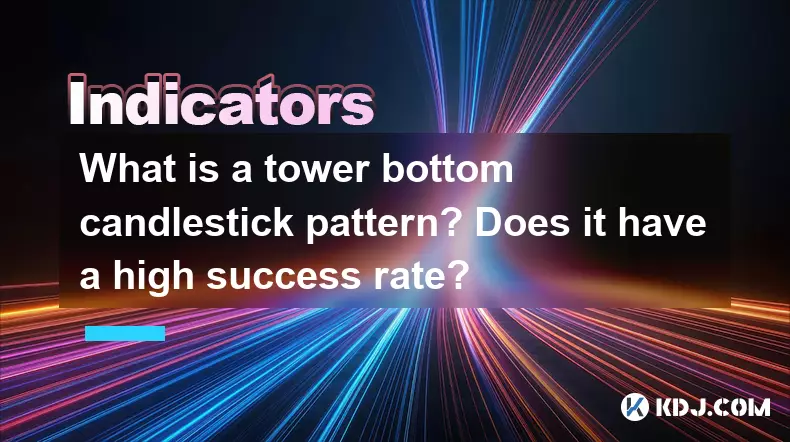
What is a tower bottom candlestick pattern? Does it have a high success rate?
Sep 22,2025 at 07:18am
Tower Bottom Candlestick Pattern Explained1. The tower bottom candlestick pattern is a reversal formation that typically appears at the end of a downt...
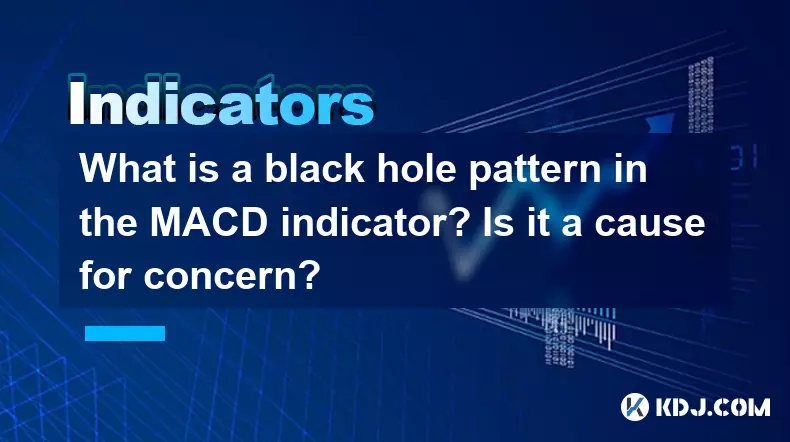
What is a black hole pattern in the MACD indicator? Is it a cause for concern?
Sep 21,2025 at 06:54pm
Bitcoin's Role in Decentralized Finance1. Bitcoin remains the cornerstone of decentralized finance, serving as a benchmark for value and security acro...

How can I use the psychological line (PSY) to determine market sentiment?
Sep 17,2025 at 02:19pm
Understanding the Psychological Line (PSY) in Cryptocurrency TradingThe Psychological Line, commonly referred to as PSY, is a momentum oscillator used...
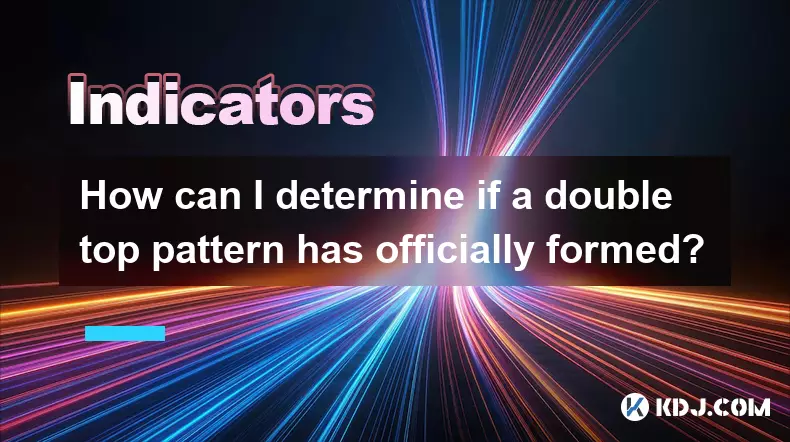
How can I determine if a double top pattern has officially formed?
Sep 21,2025 at 03:18am
Understanding the Structure of a Double Top Pattern1. A double top pattern consists of two distinct peaks that reach approximately the same price leve...
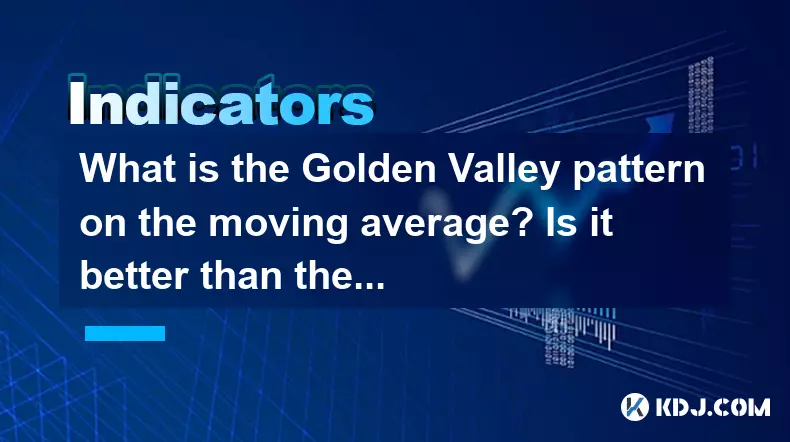
What is the Golden Valley pattern on the moving average? Is it better than the Silver Valley pattern?
Sep 21,2025 at 02:54pm
Understanding the Golden Valley Pattern in Moving Averages1. The Golden Valley pattern is a technical formation observed in cryptocurrency price chart...

What does a death cross of the RSI in the strong zone (above 50) mean?
Sep 17,2025 at 10:54pm
Understanding the Death Cross in RSI Context1. The term 'death cross' is traditionally associated with moving averages, where a short-term average cro...

What is a tower bottom candlestick pattern? Does it have a high success rate?
Sep 22,2025 at 07:18am
Tower Bottom Candlestick Pattern Explained1. The tower bottom candlestick pattern is a reversal formation that typically appears at the end of a downt...

What is a black hole pattern in the MACD indicator? Is it a cause for concern?
Sep 21,2025 at 06:54pm
Bitcoin's Role in Decentralized Finance1. Bitcoin remains the cornerstone of decentralized finance, serving as a benchmark for value and security acro...

How can I use the psychological line (PSY) to determine market sentiment?
Sep 17,2025 at 02:19pm
Understanding the Psychological Line (PSY) in Cryptocurrency TradingThe Psychological Line, commonly referred to as PSY, is a momentum oscillator used...

How can I determine if a double top pattern has officially formed?
Sep 21,2025 at 03:18am
Understanding the Structure of a Double Top Pattern1. A double top pattern consists of two distinct peaks that reach approximately the same price leve...

What is the Golden Valley pattern on the moving average? Is it better than the Silver Valley pattern?
Sep 21,2025 at 02:54pm
Understanding the Golden Valley Pattern in Moving Averages1. The Golden Valley pattern is a technical formation observed in cryptocurrency price chart...

What does a death cross of the RSI in the strong zone (above 50) mean?
Sep 17,2025 at 10:54pm
Understanding the Death Cross in RSI Context1. The term 'death cross' is traditionally associated with moving averages, where a short-term average cro...
See all articles










































































